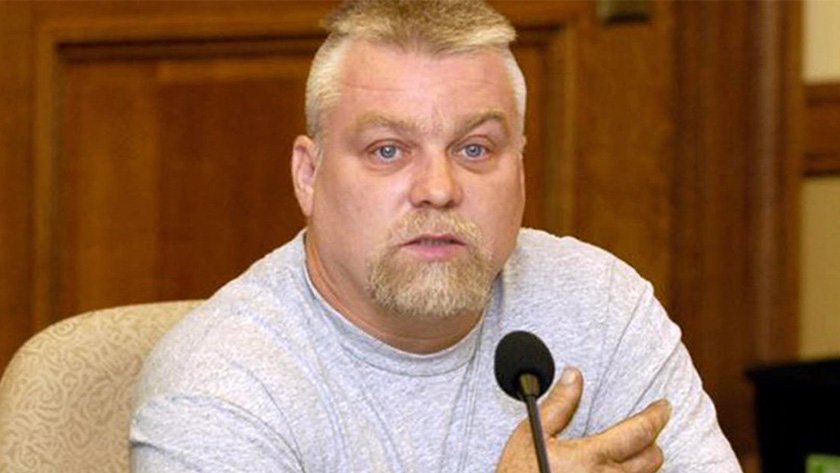
The attorney for a Wisconsin inmate featured in the hit Netflix documentary series “Making a Murderer” filed a motion Friday seeking permission to perform extensive scientific tests on evidence she believes will show he’s innocent.
Prosecutors believe Steven Avery killed 25-year-old photographer Teresa Halbach in his family’s Manitowoc County salvage yard in 2005. A jury convicted him in 2007 and he was sentenced to life. Avery insists the authorities framed him.
His attorney, Kathleen Zellner, told reporters outside the Manitowoc County courthouse Friday that she wants to date blood and DNA found at the scene to see if it was planted. She promised the results will show that Avery isn’t guilty and that someone else killed Halbach, although she declined to say who did it.

Steven Avery (Netflix)
“The most reassuring thing is that we are going to get to the bottom of who killed Teresa Halbach,” Zellner said. “And we firmly believe that we will establish it was not Steven Avery.”
The Wisconsin Department of Justice is handling post-conviction activity in Avery’s case on behalf of county prosecutors. A spokesman for the agency didn’t immediately respond to an email Friday afternoon.
Avery, now 54, was charged in November 2005 with the sexual assault and killing of Halbach, a photographer who disappeared that Halloween after traveling to the salvage yard to shoot photos for a car magazine. Investigators found her charred remains in a burn pit in the yard.
Avery and his then 16-year-old nephew, Brendan Dassey, lived on the property. A jury in 2007 convicted Avery of being a party to first-degree intentional homicide and a judge sentenced him to life in prison. He was acquitted of a charge of mutilating a corpse and prosecutors dismissed counts of sexual assault, kidnapping and false imprisonment.
Later that year, a separate jury convicted Dassey of being party to first-degree intentional homicide, mutilating a corpse and sexual assault. He, too, was sentenced to life.
The case fascinated the public. Avery rose to fame in 2003 when he was released from prison after spending 18 years behind bars for rape; a DNA test showed he didn’t assault the woman. The case raised questions about eyewitness reliability and illustrated the power of DNA testing.
Avery contended police framed him for Halbach’s death because the rape exoneration embarrassed them and he had a $36 million wrongful conviction lawsuit pending against Manitowoc County. That lawsuit collapsed when he was arrested in Halbach’s death.
Avery has alleged that investigators planted blood taken from him during the rape case and planted Halbach’s DNA at the scene.
He argued in an appeal that he should have been allowed to blame others for Halbach’s death, that police illegally searched his trailer and that a judge improperly replaced a juror during deliberations. A state appeals court rejected those arguments in 2011.
Avery and Dassey burst back into the public consciousness late last year after Netflix aired “Making a Murderer.” The documentary raised questions about investigators’ integrity in the Halbach case. Prosecutors insisted the show was one-sided but it still created a national groundswell of support for Avery and Dassey.
A federal magistrate judge overturned Dassey’s conviction this month, ruling that investigators took advantage of his youth and intellectual deficits to coerce him into confessing to Halbach’s killing. The state Justice Department has 90 days to appeal the ruling or decide whether to retry him. If the agency chooses to do nothing, he will go free.

